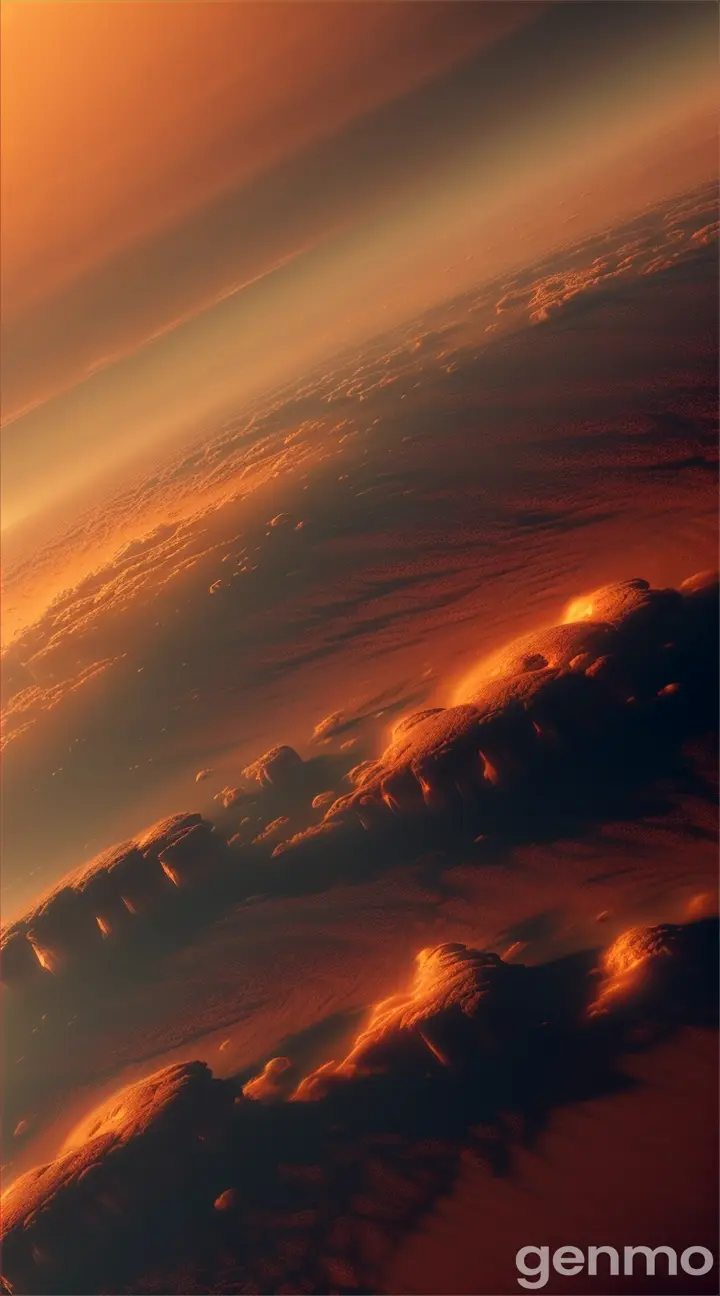UnsparingTama...9mo ago
Loading...

Prompt
A closer shot of Titan’s surface, showing thick orange clouds and a hazy, dense atmosphere, with soft sunlight filtering through.
Seed3569529742
